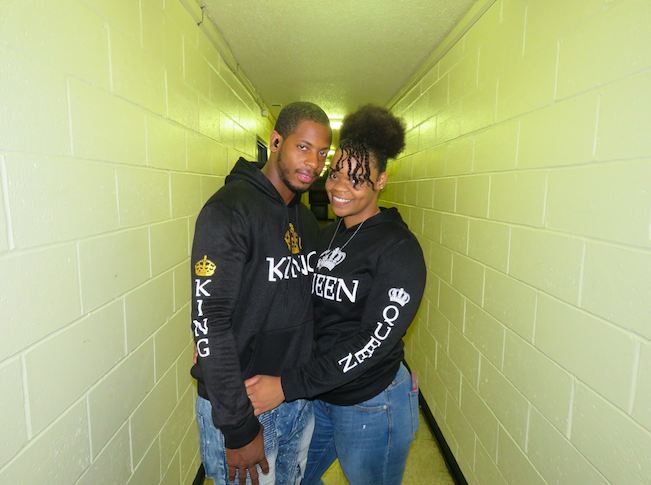New Law Recognizes Racial Bias When Identifying Witnesses

BROOKLYN – New York courts institute a “cross-race identification” rule after a wrongfully convicted Brooklyn man serves seven years in prison, partially because witnesses misidentified the then-19-year-old.

At his second trial, a jury found African-American Otis Boone, 27, not guilty of two separate first-degree robberies. Courts originally sentenced Boone for stealing the cell phones of two white men. Evidence submitted, at the second trial, showed Boone used a government ID card nearly a mile away when the robberies took place.
Both men misidentified Boone in a police lineup, prompting the Court of Appeals to issue a new rule that requires New York Courts to instruct juries of the unreliability of eyewitnesses when their race differs from the accused.
“Unfortunately, this kind of negligence in eyewitness identification is not unique and demonstrates the profound recklessness of the NYPD to investigate arrests made solely on identification testimony, which we now know is the greatest source of wrongful convictions,” said Bess Stiffelman, Staff Attorney with the Criminal Defense Practice at The Legal Aid Society.
Both witnesses had seconds to view the accused. Police were aware of the possible identification discrepancy but did not investigate.
Court documents say social scientists have found that the chances a witness misidentifies are higher when identification is cross-racial. Generally, people have greater difficulty accurately identifying members of other races.
Psychologists call the phenomenon “cross-race effect” or “own-race bias.”
“Mr. Boone is one of countless innocent suspects misidentified by an eyewitness — a problem exacerbated when the witness and suspect are not the same race,” Karen A. Newirth, Senior Staff Attorney at the Strategic Litigation at The Innocence Project. “Indeed, of the 364 wrongful convictions established by DNA, 70 percent involved eyewitness misidentification.”
In addition, NYPD ignored Boone’s request for a lawyer during his lineup, which representatives of LAS said would have ensured fairness. Detectives also ignored Boone’s request to call his uncle to identify his whereabouts during the time of the robbery. Boone was at the time living with his uncle in East New York.
“The detective merely proceeded with the lineup, placed Boone under arrest, and closed the case,” the Legal Aid Society spokesperson Redmond Haskins said.



